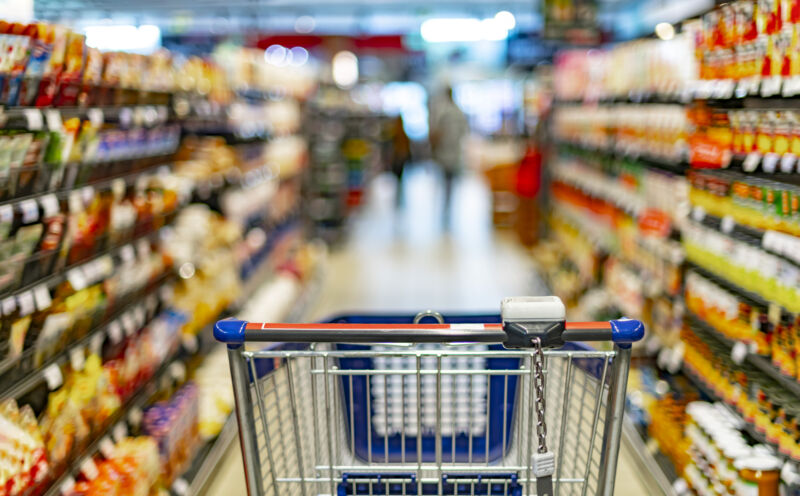How We Picked the Best Inventions of 2024

Every year for over two decades, TIME editors have highlighted the most impactful new products and ideas in TIME’s Best Inventions issue. To compile this year’s list, we solicited nominations from TIME’s editors and correspondents around the world, and through an online application process, paying special attention to growing fields—such as health care, AI, and green energy. We then evaluated each contender on a number of key factors, including originality, efficacy, ambition, and impact.
The result is a list of 200 groundbreaking inventions (and 50 special mention inventions)—including the world’s largest computer chip, a humanoid robot joining the workforce, and a bioluminescent houseplant—that are changing how we live, work, play, and think about what’s possible.
Read the full list here.






